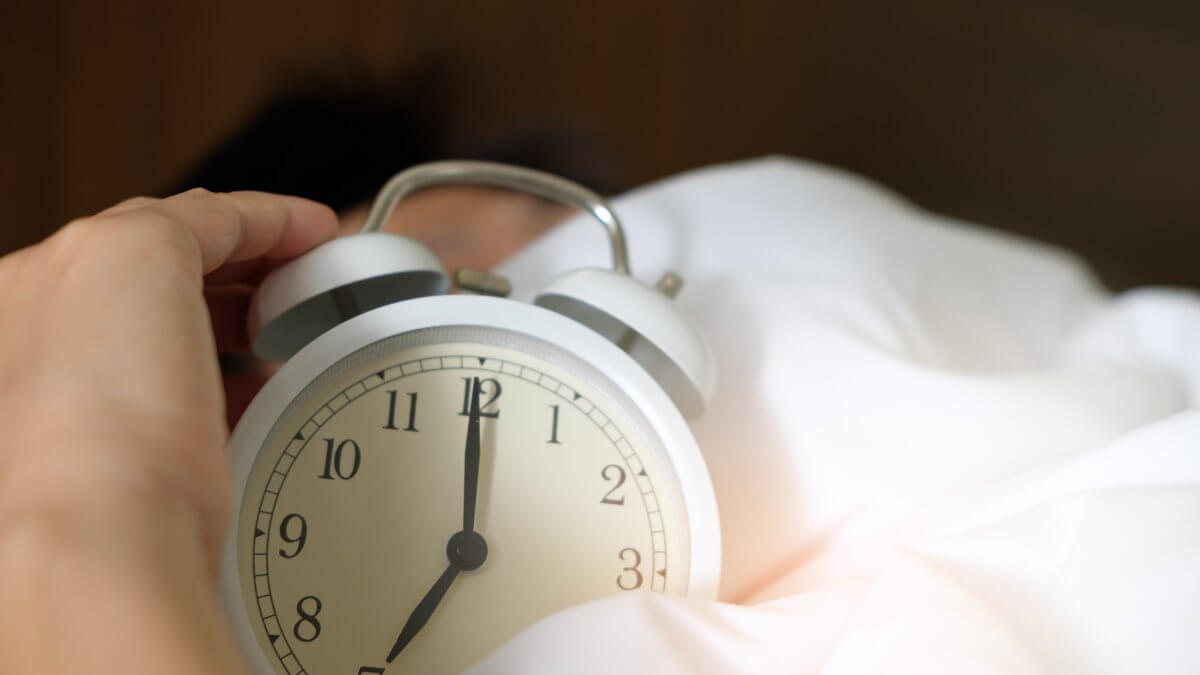
Get a jump on daylight savings time
This Sunday, March 8th we’ll be losing an entire hour of sleep every night and we won’t be getting it back until November thanks to our old friend, daylight savings time.
Daylight savings time (or DST) has garnered a lot of negative attention from scientists, behavioral health professionals, and members of The Society for Research on Biological Rhythms- some are lobbying to eliminate it altogether.
This is because many argue that the disruption of our circadian rhythms due to the changes in sleep is bad for our health. Data in recent studies from Vanderbilt University suggest that is entirely the case.
The lingering effects of that one-hour fluctuation can be long-reaching, putting our biological clocks off for an average of eight months out of the year. Studies point to a correlation between these disruptions from the seasonal transitions of DST and increases of stroke and heart attack.
Fatal work injuries and traffic accidents are also connected to sleep deprivation. The average sleep duration for adults decreases by 15/20 minutes during daylight savings time, which has profound negative effects on motor function. In addition, that extra hour of darkness first thing in the morning when people are commuting to work and school can create a greater risk of accidents.
We can’t stop DST (yet), but professionals at VUMC do have some suggestions for some things we can do to try to adapt to the disruption in our natural sleep cycles:
Don’t sleep in more than usual: Everyone loves to sleep in over the weekend, but when Monday rolls around, and you have to resume a regular schedule, your body won’t be happy. A cat nap (limit to an hour, max) on Sunday afternoon before you’ve got to get back to it should help get you back on track.
Adjust your lighting: In the early evenings a few days before the time change, keep the lights low to help ease into the upcoming sunset/sunrise disparity. The bright light of your phone, tablet, laptop, etc. can have adverse effects on circadian rhythms. A best practice? Read, or listen to soothing music designed to induce sleep instead.
“Bank” your sleep: Much like getting acclimated to anticipated jet-lag, getting some extra sleep before daylight savings time descends may help us adjust. “It’s really important to go into the time change without being significantly sleep-deprived,” says Vanderbilt Sleep Disorders Center specialist Kelly Brown, MD. Tactics like going to bed 15 minutes earlier at night leading up to the time change, and taking a short nap for an hour or less a day can help ease us into the rhythm.
Try not to have caffeine or imbibe in alcohol in the evening: It may seem helpful to have a glass of wine or two before bed to help you become drowsy, but the effect is temporary. People who consume alcohol before bed are more likely to wake in the middle of the night, or get poor sleep in general. Consuming caffeine in the evening is just a bad idea for obvious reasons. Save it for in the morning
Temporarily change your eating habits: Eating earlier than usual for both breakfast and dinner can help get you into a rhythm more easily. The weekend before daylight savings time hits, try to change your meal times just a little each day.

